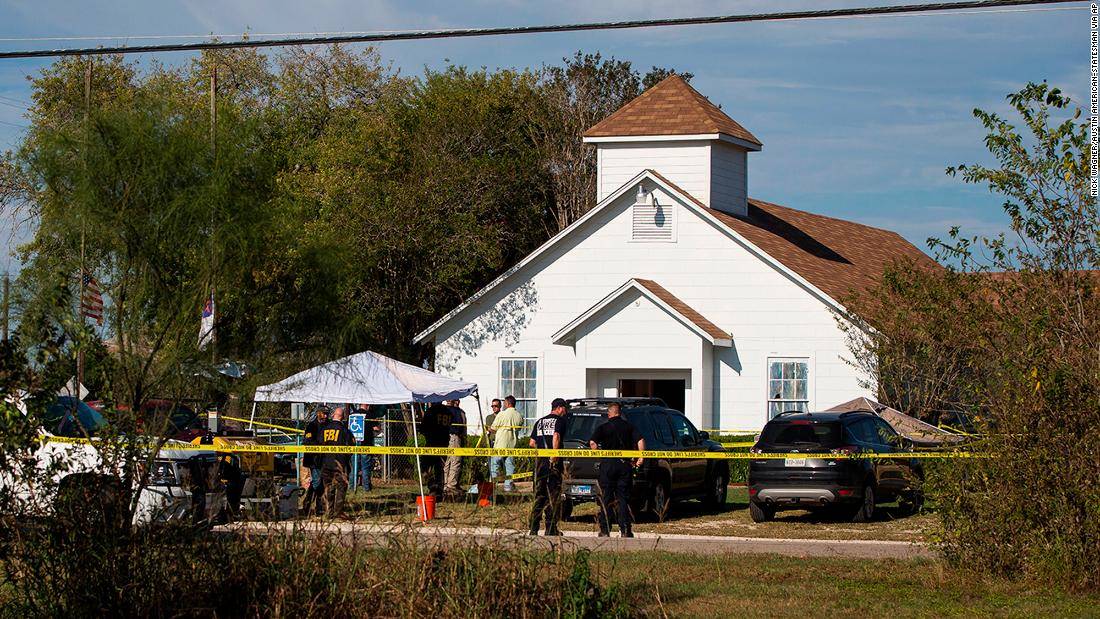Flashing headlines of mass shootings are more frequent from the past few years. Mostly, minors and young adults are the culprits. Mass shootings are distinguished by the fact that they are typically carried out by highly angry individuals seeking vengeance or payback for failures in education, profession, romance, and life in general. These occurrences raised concerns about the mental health of people of across ages. In this article, we gathered seven mass shootings by death toll.
Here are the top seven deadliest mass shootings that happened from 1949.
- Las Vegas Shooting 2017

LAS VEGAS, NV – OCTOBER 01 People run from the Route 91 Harvest country music festival after apparent gun fire was heard on October 1, 2017 in Las Vegas, Nevada. There are reports of an active shooter around the Mandalay Bay Resort and Casino. (Photo by David Becker/Getty Images)
Stephen Paddock, a 64-year-old Mesquite, Nevada resident, opened fire on a crowd at the Route 91 Harvest music festival on the Las Vegas Strip on October 1, 2017. He fired almost 1,000 shots from his 32nd-floor Mandalay Bay Hotel rooms, killing 60 people and injuring 411, with the following panic bringing the total number of injured to 867. Paddock was found dead in his room an hour later from a self-inflicted bullet wound. Officially, his motivation is unknown. The tragedy is the deadliest mass shooting in US history perpetrated by a single person. It drew attention to gun restrictions in the United States, notably in relation to bump stocks, which Paddock used to fire rounds in rapid succession at a rate comparable to automatic weapons. Bump stocks were outlawed in the United States. The prohibition was imposed by the Justice Department in December 2018, but on March 25, 2021, the Sixth Circuit Court of Appeals overturned it.
- Orlando Nightclub Shooting 2016
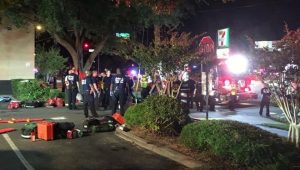
- Virginia Tech Shooting 2007
 The Virginia Tech shooting was a two-part shooting spree that took place on the campus of Virginia Polytechnic Institute and State University in Blacksburg, Virginia, on April 16, 2007. With two semi-automatic pistols, Seung-Hui Cho, an undergrad student at university and a U.S. resident of South Korean origin killed 32 people and injured 17 more. Six more were hurt when attempting to flee Cho by leaping out of windows. Cho chained the main entrance doors shut and fired into four classrooms and a stairwell, killing thirty more people. The first shooting happened at West Ambler Johnston Hall, a dormitory, where two people were killed; the main attack was a mass killing at Norris Hall, a classroom building, where Cho chained the main entrance door closed and fired into four classrooms and a stairwell, killing two more people. Cho fatally shot himself in the head as police stormed Norris Hall.
The Virginia Tech shooting was a two-part shooting spree that took place on the campus of Virginia Polytechnic Institute and State University in Blacksburg, Virginia, on April 16, 2007. With two semi-automatic pistols, Seung-Hui Cho, an undergrad student at university and a U.S. resident of South Korean origin killed 32 people and injured 17 more. Six more were hurt when attempting to flee Cho by leaping out of windows. Cho chained the main entrance doors shut and fired into four classrooms and a stairwell, killing thirty more people. The first shooting happened at West Ambler Johnston Hall, a dormitory, where two people were killed; the main attack was a mass killing at Norris Hall, a classroom building, where Cho chained the main entrance door closed and fired into four classrooms and a stairwell, killing two more people. Cho fatally shot himself in the head as police stormed Norris Hall.
- Sandy Hook Elementary School Shooting 2012
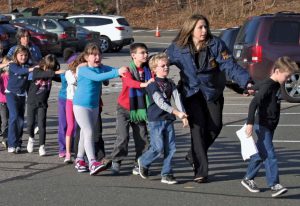
- Sutherland Springs Church Shooting 2017
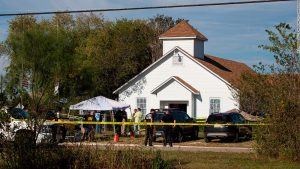
Law enforcement officials investigate a mass shooting at the First Baptist Church in Sutherland Springs, Texas, on Sunday, Nov. 5, 2017. NICK WAGNER / AMERICAN-STATESMAN
Devin Patrick Kelley of New Braunfels, Texas, carried out a mass shooting at the First Baptist Church in Sutherland Springs, Texas, on November 5, 2017. Before dropping dead of a self-inflicted gunshot wound, Kelley killed 26 people, along with an unborn child, and injured 22 more. The incident is the bloodiest in Texas history and the fifth deadliest in the United States. It surpassed the Charleston church shooting in 2015 and the Waddell Buddhist temple shooting in 1991 as the bloodiest shooting in an American house of worship in modern history.
- Luby’s Shooting 1991
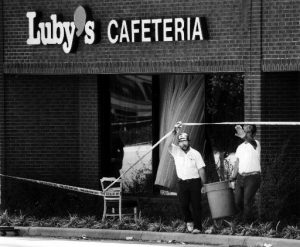
- El Paso Walmart Shooting 2019
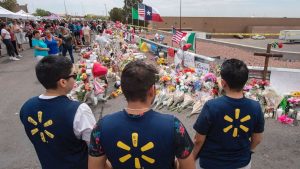
When gun massacres occur, people generally look for an explanation, and mental illness is commonly blamed. It is considerably more intricate than that; pinpointing a single cause or risk factor is tough. There are a variety of reasons for these shootings, including domestic terrorism, gun availability, romanticism with violence, and several risk factors such as depression, narcissism, alienation, lack of trust, poor coping skills, and fascination with violence-filled entertainment, revenge fantasies, and attempted suicide.

